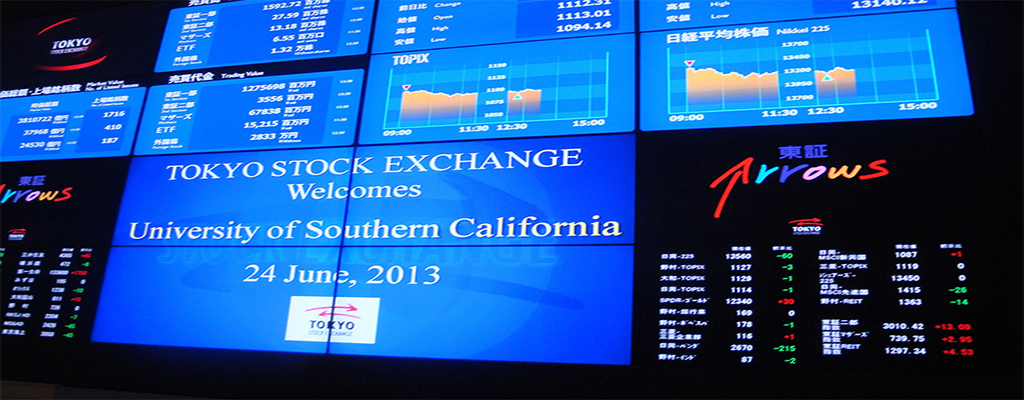Asia’s Fuel Imports Slump to Five-Year Low

Asia’s imports of refined petroleum products plunged in April to the lowest level since 2020, due to higher spring refinery maintenance at key fuel exporters in the region and softer demand for gasoline and diesel.
Asia’s imports of light and middle distillates slumped to 166.37 million barrels in April, down from 195.54 million barrels in March, according to data from commodity analysts Kpler cited by Reuters commodity columnist Clyde Russell.
Major fuel exporters in Asia, such as India, China, and Singapore, all saw falling fuel shipments last month. The drop was especially pronounced in India, the biggest fuel exporter in Asia, whose shipments fell to a 30-month low of 29.2 million barrels, down from 42.66 million barrels in March, according to the data compiled by Kpler.
Part of the weak Asian fuel imports could be attributed to refinery maintenance, especially in India.
Overall Asian fuel import of light and middle distillates were at 746.73 million barrels between January and April 2025, down by 11.6% compared the same period in 2024, the data showed.
Despite the fuel import decline, refining margins have held pretty steady in recent weeks, suggesting that Asian demand isn’t falling off a cliff.
Rather, the reason for the relatively stable refining margins has been that the price of crude oil has dropped this year faster and steeper than the price of gasoline and gasoil, according to Reuters’s Russell.
Going forward, Asian demand and Asian fuel exporters face heightened market uncertainties.
Asia could be one of the worst hit regions by the U.S. trade policies, despite the current tariff pause. The International Monetary Fund (IMF) last month downgraded its outlook on the Asian economies for the near term, noting that “Asia-Pacific is both strongly exposed to the shock and faces a larger shock than other regions.”
Regional fuel flows in Asia could also be upended soon as Indonesia, Asia’s biggest fuel importer and Southeast Asia’s biggest economy, has plans to slash its fuel imports from Singapore and source more refined products from the United States as the country looks to negotiate lower tariffs with the U.S.
By Tsvetana Paraskova for Oilprice.com









































